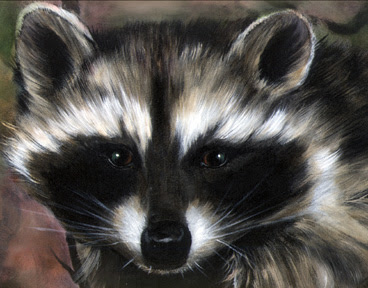beautiful images of animal shrike bird gallery
wallpapers of animal shrike hyperion bird calls
famous animals of long tailed shrike baby birds
latest pics of loggerhead shrike bird prey youtube
free downloading of shrike flying pictures wiki
different types of caption shrike birds information
Shrikes are medium-sized birds, up to 50 centimetres (20 in) in length, with grey, brown, or black and white plumage. Their beaks are hooked, like that of a bird of prey, reflecting their predatory nature, and their calls are strident.These birds known for their habit of catching insects and small vertebrates and impaling their bodies on thorns. This helps them to tear the flesh into smaller, more conveniently-sized fragments, and serves as a cache so that the shrike can return to the uneaten portions at a later time. This same behavior of impaling insects serves as an adaptation to eating the toxic lubber grasshopper (Romalea guttata). The bird waits for 1–2 days for the toxins within the grasshopper to degrade, and then can eat it.
Shrikes are territorial, and these territories are defended from other pairs. In migratory species a breeding territory is defended in the breeding grounds and a smaller feeding territory is established during migration and in the wintering grounds.Where several species of shrike exist together competition for territories can be intense.They make regular use of exposed perch sites, where they adopt a conspicuous upright stance. These sites are used in order to watch for prey items and to advertise their presence to rivals.
for cute pics....
wallpapers of animal shrike hyperion bird calls
famous animals of long tailed shrike baby birds
latest pics of loggerhead shrike bird prey youtube
free downloading of shrike flying pictures wiki
different types of caption shrike birds information


































